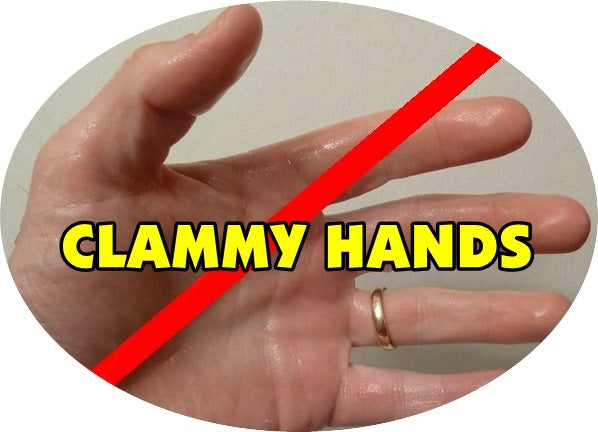Water-Proof Membranes in Ski Gloves
Are water-proof membranes like Gore-Tex® a good thing in ski gloves?
The common, knee-jerk response is yes. The practical reality is different.
It's a tricky question because the answer will change depending on temperature, wetness of the environment, and activity level.
But, let's start with climate reality: skiing and snowboarding are winter activities where it's usually cold outside. And most days, it is not wet, so a primary focus on wetness protection from the external environment doesn't make much sense for an everyday ski glove.
If you are using the glove or mitten during low activity levels, or when it's really wet, then water-proof membranes can be really nice and then it's an entirely different discussion. The membrane keeps most of the wetness out, while the low activity level keeps the hand from creating its own moisture through sweat.
Forget all the marketing hype, water-proof membranes are essentially plastic bag liners inserted between layers in the glove to keep the water out, BUT also keep the water from sweat in. Even the best of them are much less breathable than no-membrane at all. Once wet inside, they are very slow to dry. If you are a backcountry skier or snowboarder, your high activity level makes breathability by far the most important variable to consider. Water-proof membranes are not good if the activity is high intensity and aerobic - they merely trap your sweat. But if you are ice climbing or heading out on a tour that may include rain, then a water-proof membrane is probably worth having.
Personally, waterproof membranes are for the kind of days I stay home - dumping rain. But sometimes, and depending where you live, wet conditions are unavoidable.
As a glove designer, I have performed the kind of field testing that few others have. I spent an entire ski season (100+ days) wearing a water-proof membrane glove on one hand and a non-membrane glove on the other. The rest of the design characteristics were exactly the same. Most of the time the membrane caused clammy hands, whereas the non-membrane glove was almost always dry. On the days when it was raining, both gloves got saturated with water. Water always finds a way inside gloves because they have a basic, un-fixable design problem: a big hole where your hand goes in. For me and my team of testers, on most days the membranes were less effective overall.
But someday, when we find a "waterproof-breathable" membrane insert that works to our satisfaction, we will offer them in our gloves. We are working on it. Stay tuned.


